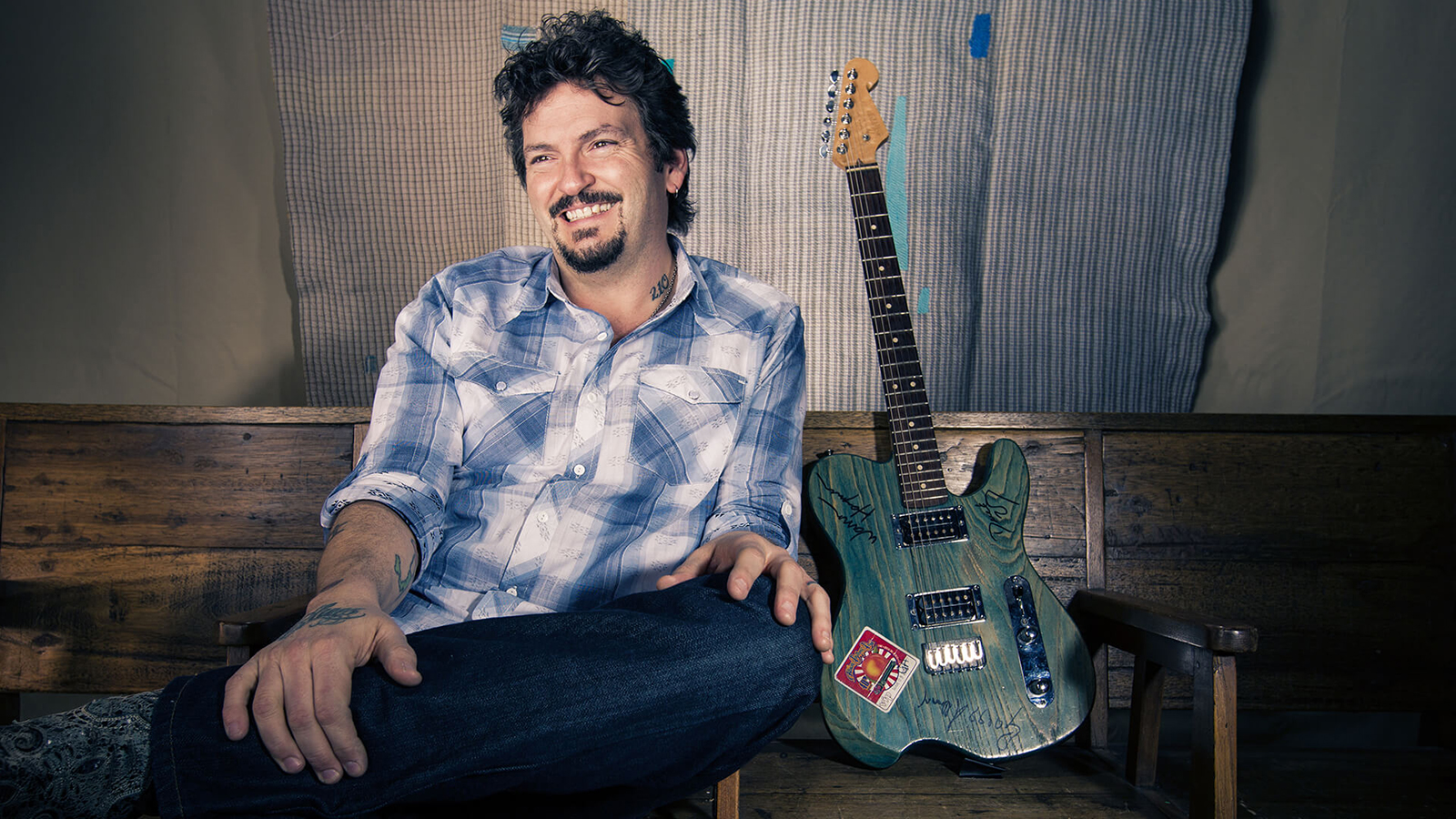Electric Guitar music, at its core, is a form of expression. Instruments are but tools, mediums through which artists share their stories, their feelings, their very souls. Among these instruments, the electric guitar stands out for its incredible versatility. It can roar in rock anthems, whisper in jazz solos, and weep in blues ballads. But what makes it so compelling? It’s the myriad of expressive techniques, the subtle nuances that breathe life into melodies and transform them into musical experiences. Let’s delve deeper into the transformative power of these techniques.
RELATED: Get Mike Zito’s NEW TrueFire Course, Blues-Rock Fire & Flair >
The Electric Guitar: A Brief Overview
Before diving into the techniques, it’s vital to appreciate the electric guitar‘s unique position in the musical world. Since its popularization in the 20th century, it has become synonymous with innovation. It’s not just about the notes; it’s how you play them. The instrument allows for a vast tonal range, from sharp, cutting tones to mellow, deep hums, and everything in between. This flexibility provides an expansive canvas for artistic expression.
The Alchemy of Expressive Techniques
Pinch Harmonics: These create a captivating contrast within a melody. Imagine a guitarist playing a soulful tune, and just when the audience is lulled into the rhythm, they introduce a sharp, bell-like sound. It’s unexpected, compelling, and it rejuvenates the song’s atmosphere. Such moments turn good performances into unforgettable ones.
Natural Harmonics: These are the whispers of the guitar world — delicate and ethereal. When used strategically, they can create an ambience, setting the mood for a piece. They’re not just sounds; they’re feelings encapsulated in notes.
Rakes: Picture a storyteller, pausing for effect, building anticipation before delivering the climax. Rakes do that in guitar language. They precede a significant note, building tension, making the subsequent release even more satisfying.
Muting: Life isn’t just about the loud moments; it’s the silences that often speak volumes. Muting offers guitarists the power of controlled silence. By muting certain strings, they can focus the listener’s attention, creating punctuated rhythms or emphasizing particular notes.
Hammer-Ons and Pull-Offs
These techniques are the embodiment of fluidity. In literature, a well-crafted sentence flows, making reading pleasurable. In guitar terms, hammer-ons and pull-offs do that. They bridge notes, making transitions sound natural, effortless, and incredibly pleasing to the ear.
Beyond Techniques: Crafting a Musical Narrative
However, mastering these techniques is just part of the journey. The true magic lies in knowing when to use them. Like a painter choosing colors, a guitarist must decide which technique best serves the musical story they want to tell.
For instance, in a piece that speaks of loss, natural harmonics might introduce a haunting beauty, evoking memories that linger just out of reach. In contrast, a song of rebellion might be punctuated with aggressive pinch harmonics, echoing the raw emotions of defiance.
The Legacy of Guitar Legends
Great guitarists, from Jimi Hendrix to Eddie Van Halen, are remembered not just for their technical prowess but for their emotive performances. They knew how to harness the power of expressive techniques, making their guitars laugh, cry, shout, and whisper. They told stories, not just with lyrics but with every string they strummed.
Aspiring guitarists should study their performances, not just to replicate the techniques but to understand the emotions behind them. It’s this emotional connection that transforms a sequence of notes into music that resonates with listeners.
Final Thoughts
The electric guitar is a potent tool in the hands of an artist. Its strings are like the lines of a book, waiting to be filled with stories. Expressive techniques are the vocabulary, the descriptive words that add depth, color, and emotion to these stories.
For every budding guitarist, it’s essential to remember that music is a language. And like any language, it’s not just about the words but how you say them. By mastering and thoughtfully deploying expressive techniques, one can communicate more profound emotions, creating musical pieces that touch hearts, stir souls, and remain timeless.
RELATED: Get Mike Zito’s NEW TrueFire Course, Blues-Rock Fire & Flair >

